#network graphs
Text
localisation and search of possible moves (connectivities) from a given location (state S) based on constrained proximity parameters
Grasshopper workflow
Source: Dragana Ciric, unit [d]
2 notes
·
View notes
Text
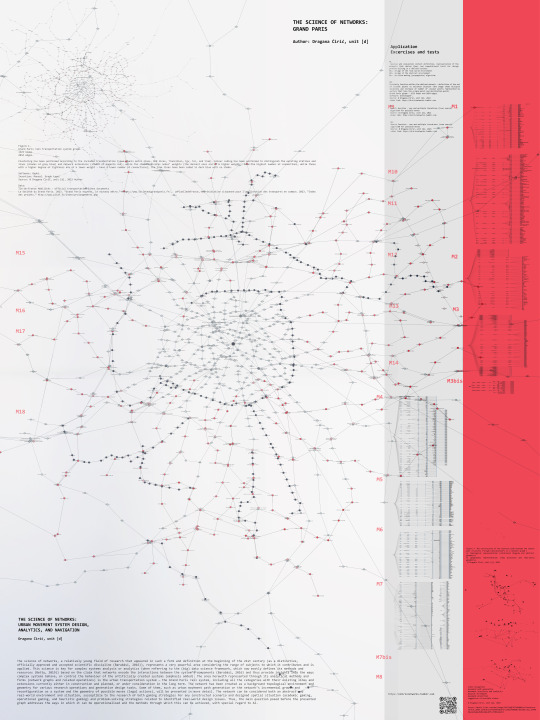
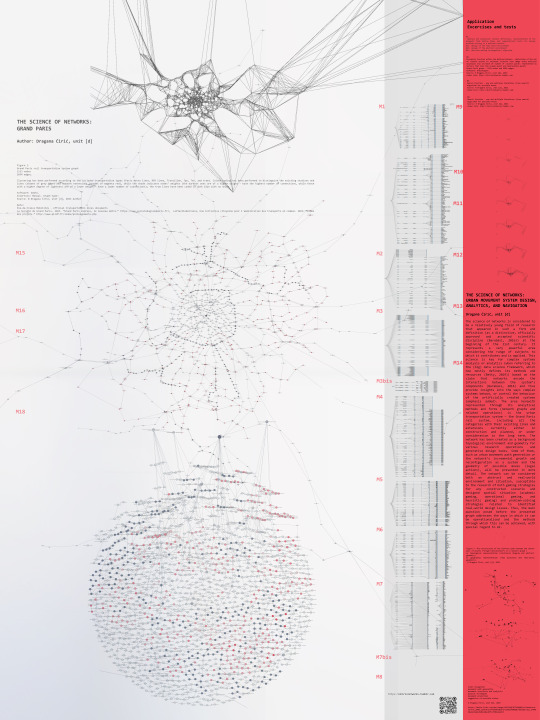
The Science of Networks: Grand Paris
©Dragana Ciric
STRAND 2023 Exhibition
On Architecture - Challenges in Design
Gallery of Science and Technology, Serbian Academy of Arts and Sciences, 5-19 December 2023, Belgrade, Serbia
#dciric#Grand Paris#Grand Paris Express#networks#network graphs#urban systems#systems design#urban mobility#urban intelligence#urban informatics#Paris rail system#paris metro#urban transportation#mobility#smart cities#artificial intelligence design methods#generativedesign#generative urbanism
2 notes
·
View notes
Text
Network Graphs | FusionCharts
Network graphs are data visualizations that display links or relationships between nodes. They are sometimes referred to as network diagrams or node-link diagrams. Links indicate the connections between nodes, which can be people or organizations, and nodes. The visualization of data such as social networks, supply chains, and other systems having interconnected components is frequently done using network graphs.
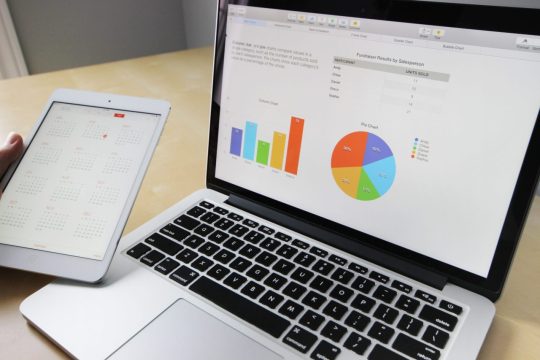
1 note
·
View note
Text
Geopolitics app is starting to come along pretty nicely - working on standardizing the interface of each widget & preparing it so you can easily customize where the data comes from & what widgets are shown...so like a customizable (& resizeable/rearrangeable) dashboard for whatever specific purpose you want
#im thinking like blenders node interface#or nuke/natron if u happen to b more familiar w those#take data apply a series of transforms and then output them to a specific widget once the transformed shape is right#each transformation is just another node that takes an input & provides an output#might also include a full network tree editor to be able to dynamically specify a given dashboard config#but getting it working hard coded first is the first step before that#this project has rly turned into like 5-6 projects lol....aint that how it always turns out tho#& a lot of these basically up to the dashboard creation i can reuse for a lot of different projects#so rly just building a nice foundation#the geopolitics app essentially turns into dashboard app + wikidata app i think#trying to make the dashboard specification plugin-oriented from the beginning so i can add on for more niche projects#without breaking other ones#also already using the network graph widget for a cooking related project#visualize the steps & processes in a recipe#then i can combine it w my ingredient storage/etc app for a cooking dasboard
19 notes
·
View notes
Text
i was revising for my dl quiz and came across this vv gorgeous explanation, the graphs and their different representations are mapped so beautifully
9 notes
·
View notes
Text

help the excel heatmap function does nothing useful other than highlight the enormous space between Neil and everyone else
#my tidal top artists 2023#you could put all these people together at a party and it would work out alright and what's more it's one I would actually want to be at#i wish i could make like a network graph to show relatedness across these...maybe that's next
7 notes
·
View notes
Text
why did they shove ai research into fontaine
#mfw 'graph adversarial technology' -> generative adversarial networks aka GANs aka real comp sci#and we're helping that researcher gather training data?? 😭😭 what is this 😭 us when we take pictures so she can develop#the newest and greatest facial recognition software for robots 😭#me when i die because gacha game imitates my life too closely#liveblog insanity#genshin impact
2 notes
·
View notes
Text
It's me and the google Colab crab against the world
#was making a graph of our neural network. if the image was printed 14cm wide it would have been Over One Metre long. i do not think there#are supposed to be that many layers
5 notes
·
View notes
Text
science of networks
Grand Paris complete graph generation zoomed in_ exercise: network generation based on proximity links - first 10 iterations; territorial coverage: Greater Paris territory - smaller city area. Software: Grasshopper - Rhinoceros
Dragana Ćirić, unit [d]
#network graphs#network science#urban informatics#urban intelligence#systems design#networks#dciric#urban systems design#generative design
3 notes
·
View notes
Link
Functional connectivity and causal connections across different neural units are two main categories for how fMRI data on brain connectivity patterns are categorized. Recently, computational techniques—especially those based on graph theory—have been crucial in helping us comprehend the structure of brain connections.
In an effort to understand the neural bases of human cognition and neurological illnesses, a team at the University of Florida conducted a systematic review of how brain features might arise through the interactions of different neural units in various cognitive and neurological applications utilizing fMRI. This was made possible by the development of graph theoretical analysis.
A central and enduring aim of research in the psychological and brain sciences is to elucidate the information-processing architecture of human intelligence. Does intelligence originate from a specific brain structure or instead reflect system-wide network mechanisms for flexible and efficient information processing?
Continue Reading
#geometry#geometrymatters#geometriccognition#cognitivegeometry#graph#network#theory#brain#neural#neuroscience#model#computation#information#knowledge
8 notes
·
View notes
Text
August 22, 2022
As anyone who knows me may know, I have been working on reading Alain Badiou's Mathematics of the Transcendental for a few years now. And as you may not know, I am currently studying the evolution of networks and graph theory, specifically the Greatest Strongly Connected Component.
I am still baffled and relatively starved of a good resource to contextualize category theory, though I sense its power in the Badiou. I attempted to read a paper about applications of category theory, but there was still some context lacking. I am still very much a very OCD individual, and need the context for why things arise as much as I need the how of how they arise.
One of the common themes I see here is that references in category theory that denote an option most referred to by other categories would be an equivalent to the GSCC. The difference being the interrelations between the other terms have not yet been mapped, nor necessarily have to be in the strictly categorical system. Only when they become a living system, inter-referring, do they begin to be embedded on a graph.
I see potential for analysis of analytical systems themselves using what I am currently learning about the "spring' function in graph theory. I will have to see how category theory and graph theory interrelate first. Off to do that!
9 notes
·
View notes
Photo



awww how precious theyre playing
#fun day at robot arm kindergarten#if anyone wants sources these are from uh#RoboCraft: Learning to See Simulate and Shape Elasto-Plastic Objects with Graph Networks#FuseBot: RF-Visual Mechanical Search#and Beyond Pick-and-Place: Tackling Robotic Stacking of Diverse Shapes#in that order
2 notes
·
View notes
Text
Preliminary layout switching (havent adapted components yet for different sizes) & preliminary generic 2d camera (I'm clicking on the 'buttons' depicting the layouts, screengrab hates my mouse)
#known issue: still ugly#also need to make a 4th component so i just duplicated the network for now#think im gonna make one of those rectangle graphs#tree map partition typea thing#also still no way of choosing which component's in which window#then rly just pass in the data model source per component instantiation if different#& then all that's left is some UI for mapping the data sources to each instantiated component#thinking abt having that all definable using a network interface#if youve used the blender node graph thats the sorta interface im thinking abt#data source nodes - transformation nodes - display nodes#then just wire them up#oh also those little toggle buttons are using the same base component as the template view they represent#which i think is pretty neat
10 notes
·
View notes
Text
Brane Connectome Project : tales from the Worlds Tree
[Deep breath] The first post in what I hope becomes a series, a #Neuro #Science #Fiction #WorldBuilding project
#writing #blogging #scifi #space #multiverse
The bio-signs weren’t hard to find when we got serious about looking. Almost as soon as we had a presence away from Earth, “astrobiologist” became a job with fieldwork. “Paleo-xenologist”, too, naturally, given the breadth of time in the deeps of space. Expanding, gradually, in a fitful bubble around Sol we found ‘intelligence’ – it’s common, even. Just like your Earth primates, cephalopods,…
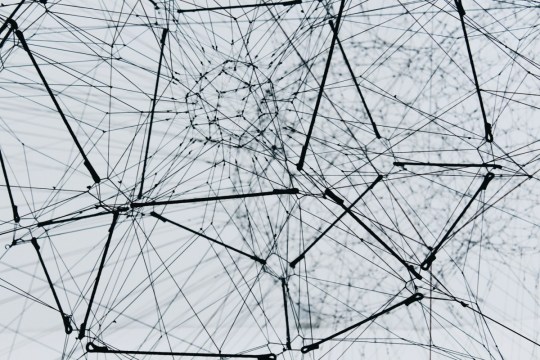
View On WordPress
#cosmology#Fiction#graph theory#Military Science Fiction#multiverse#networks#neurosciencefiction#scifi#Space opera#tropes#worldbuilding
0 notes
Text

Analyze text or websites with this online graph tool:
https://nocodefunctions.com/cowo/semantic_networks_tool.html
0 notes
Text
The 2024 Gender Census is now open!
[ Link to survey ]
The 11th annual international gender census, collecting information about the language we use to refer to ourselves and each other, is now open until 13th June 2024.
It’s short and easy, about 5 minutes probably.
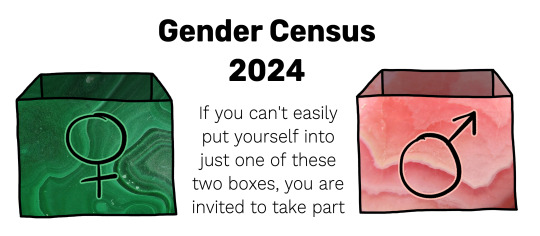
After the survey is closed I’ll process the results and publish a spreadsheet of the data and a report summarising the main findings. Then anyone can use them for academic or business purposes, self-advocacy, tracking the popularity of language over time, and just feeling like we’re part of a huge and diverse community.
If you think you might have friends and followers who’d be interested, please do reblog this blog post, and share the survey URL by email or at AFK social groups or on other social networks. Every share is extremely helpful - it’s what helped us get 40,000 responses last year.
Survey URL: https://survey.gendercensus.com
The survey is open to anyone anywhere who speaks English and feels that the gender binary doesn’t fully describe their experience of themselves and their gender(s) or lack thereof.
For the curious, you can also spy on some graphs and demographic data for the incoming responses here.
Thank you so much!
[ Link to survey ]
Image credit: Malachite and rhodochrosite.
11K notes
·
View notes